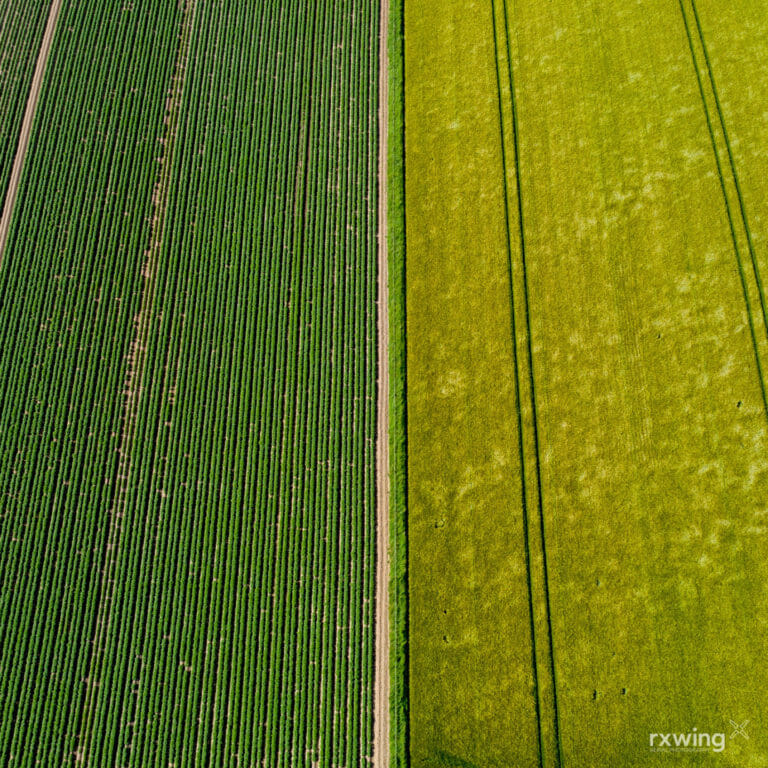“My view of the Highlands has changed,” says Richard Cross, a photographer based in Scotland.
“Where once I saw wilderness I now see a landscape scarred by human activity, vegetation depleted by grazing, moors drained to rear grouse and swathes of forestry plantations which support little biodiversity.
“Wind turbines and hydro schemes encroach on designated wild lands, while every year vehicle tracks push deeper into the hills unchecked by regulation or oversight.
“But things are changing. Our understanding of the value of biodiversity is increasing; regeneration, reintroduction and rewilding projects are gaining support and there seems to be a genuine appetite to reexamine our use of the landscape.”
Cross uses a drone for his photography to help shift perspectives on land use. He is studying the patterns, forms and usage of the Scottish landscape, and his Loch and Glen exhibition has been on display at the Moray Walking and Outdoor Festival.
Grazing
Deer Proof Fence / Lochaber
The minimum height for fences to protect against red deer is 1.8 metres. When seen from above the sterility of the landscape either side is startling.

Deer Proof Island / Isle of Harris
Islands provide plants with protection from grazing. These pockets of growth hint at what the Highlands could look like with controlled grazing.

Regeneration / Isle of Harris
With protection from grazing natural regeneration occurs relatively quickly. Trees and shrubs around rivers create ribbons of biodiversity and can help slow the passage of water, ultimately reducing the risk of flooding downstream.

Moors
Hill Tracks / Perthshire
Tracks for agricultural use do not need planning permission, as a result an increasing number of tracks have appeared in glens and upland areas, often on sporting estates. Sometimes they are relatively discrete all terrain vehicle tracks, others are bulldozed roads visible for miles around.

Muirburn / Pentland Hills
Muirburn is the practice of burning moorland to encourage new growth, a technique widely used by sporting estates to increase the numbers of grouse.

Drainage / Stirlingshire
Moorland is frequently drained to improve grazing and encourage grouse to breed. The result is a sterile landscape which has been described as a ‘wet desert’.


Forests
Plantations / Lochaber
Woodland cover in Scotland currently stands at around 18 per cent of land area, a significant improvement from the beginning of the 20th century when it was only 4.5 per cent. However much of this is plantations of non-native species, principally sitka spruce.
A recent announcement of a large tree planting initiative has yet to reveal what species will be planted and some are concerned this will mean more plantations which support little biodiversity.

Selective Felling / East Lothian
Selective harvesting is a common technique but hard to spot from the ground. By removing the central core of trees the landscape looks unchanged but the lumber has been extracted.

Clear Felling / Glen Etive
The rising price of timber means harvesting mature plantations is currently profitable, prompting a wave of clear felling across Scotland. The presence of commercial forestry in Glen Etive was cited as a reason to approve the development of seven small scale hydro schemes in the glen, three of which are on designated wild land.

Native Forest / Perthshire

Replanting / Perthshire
New planting helps expand and buffer the existing ancient oak wood, with 30,000 native trees being planted over the last 2 years in this woodland alone.

Cultivation
Lazy Beds / Isle of Lewis
Lazy beds (Gaelic feannagan) are a method of cultivation where parallel banks of ridge and furrow are dug to improve soil and drainage. Introduced by the Vikings, their traces can be seen throughout the highlands and islands.

Potatoes & Barley / Perthshire

Daffodils / Perthshire

Polytunnels / Blairgowrie

Golf
Golf / Perthshire
There are around 580 golf courses in Scotland, each covering approximately 185 acres. Added together the total area is around 160 square miles of land.

All pictures by Richard Cross as part of his Loch and Glen photo project.














